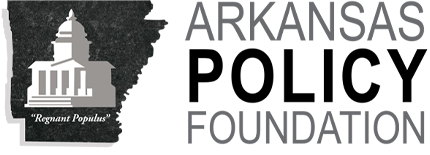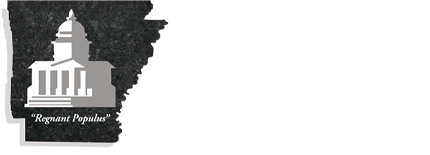“Fiscal management is as important as academics in evaluating any school district’s performance.” Arkansas Policy Foundation report, “A performance analysis of the Little Rock School District” (May 2000)
(May 2011) Eleven years ago this month the Policy Foundation published a report on the Little Rock School District that found “10 years of rising revenues and declining student academic achievement.” The trend continues with LRSD expenditures greater than inflation and personal income growth rates and some standardized test score results less than 50 percent of national norms.
LRSD Spending Exceeds Inflation
The Little Rock School District’s budget was “approximately $180 million” in 1999. (1) Total expenditures were about $305 million in 2010 (2), a 69.4 percent. By contrast, the inflation rate measured by the Consumer Price Index (CPI) increased only 27.5 percent in the period.
LRSD Spending Exceeds Income Growth
Per capita personal income in Pulaski County, home of the LRSD increased 52 percent between 1999 and 2008, the last year of available income data. (4) LRSD spending increased from $180 million to $299 million (5) in the period, a 66 percent increase.
LRSD Performance Less Than 50th Percentile
The Foundation’s 2000 report found Little Rock students performed less than the 50th percentile on standardized national tests. SAT-10 (6) test results from 2010 show Little Rock student performance is still less than the 50th percentile in comprehensive language, and some reading comprehension and mathematics categories.
Little Rock fell below the 50th percentile for grades 3-to-9 in comprehensive language. (7) Little Rock fell below the 50th percentile in reading comprehension at grades 1, 2, 6 and 9. Little Rock fell below the 50th percentile in mathematics problem solving at Grades 1, 2 and 3.
LRSD students exceeded the 50th percentile in reading comprehension at grades 4, 5, 7 and 8. Students exceeded the 50 percentile in math problem solving for grades 4 thru 9. Ninth graders, for example, were in the 53rd percentile.
Charters Schools Emerge As Reform
The biggest development since the Foundation’s 2000 report is the emergence of charters schools as an education reform. Public charter schools are public schools of choice that operate with freedom from many of the regulations that apply to traditional public schools, according to the state Department of Education. There are now 11 open-enrollment charters in Pulaski County.
Reform opponents based in Little Rock have unsuccessfully opposed charter schools. Arkansas legislators have rejected their claims, enacting measures to expand charter schools in 2005, 2007, and 2011.
One development that has not transpired: acknowledgement from reform opponents that the Little Rock School District has serious problems including excessive spending and subpar student performance on standardized national tests.
The solution to these problems is intellectual honesty and complete openness in reporting the lack of progress in the Little Rock School District.
(1) Arkansas Democrat-Gazette, May 7, 2000
(2) LRSD Annual Report 2009-2010, p. 4
(3) http://www.minneapolisfed.org/community_education/teacher/calc/hist1913.cfm
(4) Pulaski County PCPI was $29,030 (1999) and $44,065 (2008), U.S. Bureau of Economic Analysis, “Local Area Personal Income, Per Capita Personal Income.” http://www.bea.gov/regional/reis/
(5) LRSD Annual Report 2008-2009, p. 3.
(6) Stanford Achievement Test
(7) The SAT-10’s Comprehensive Language portion does not apply to Grades 1 and 2.









